Women’s sport reached record female audiences this summer in the UK, with significant growth across both broadcast and digital platforms. Our latest Women’s Sport Trust (WST) Visibility Report highlights rising female viewership, record viewing hours, and strong engagement across this summer’s major global tournaments and beyond.
The WST report, featuring broadcast analysis from GSIQ, shows female UK broadcast audiences at an all-time high, with them making up 44% of the UEFA Women’s EURO audience and 43% of the Rugby World Cup (RWC) audience – the highest on record for both competitions. The finals drew even greater proportions, with females accounting for 48% of viewers for the UEFA Women’s EURO final and 47% for the RWC final.
Record numbers tuning in
Major global sporting events gave audiences more opportunities than ever to watch, with strong broadcast presence across key competitions including the Women’s EURO, RWC, BWSL, The Hundred and Netball Super League. As a result, total viewing hours for women’s sport on free-to-air and pay-TV from January to September 2025 reached a record 357 million hours, up from the previous high of 339 million during the same period in 2023.
Audiences didn’t just tune in, they showed up in record numbers for key moments. The two most-watched UK broadcast moments of the year so far, across all television programming, were Lionesses matches, with the Women’s EURO final against Spain drawing a peak audience of 16.22 million and the semi-final against Italy reaching 9.88 million.
And fans are staying for longer. During the same time period, the average viewing time for women’s TV sport programming reached nine hours and 45 minutes, surpassing the previous record of nine hours and 29 minutes set in 2023.
Fans are coming to women’s sport in different ways
Women’s sport is also reaching fans in different ways, attracting older audiences through broadcast and strong young female engagement across digital and social platforms. Broadcast audiences for global women’s tournaments skew older than for the men’s equivalents. For the RWC, 70% were aged 55+, compared with 55% for the men’s Rugby World Cup in 2023. Similarly, 60% of the Women’s EURO broadcast audience were 55+, versus 49% for the men’s tournament in 2024.
Streaming is helping reach younger audiences, with 15.5 million streams of the Women’s EURO and 10.5 million for the RWC across BBC iPlayer and BBC Sport platforms, with 20% of Women’s EURO streams coming from viewers aged 16–35.
While female broadcast audiences reached record levels this summer, male viewers still make up the majority of women’s sport audiences and were more likely to be returning watchers of Women’s EURO. They also dominated viewing for the RWC, showing higher levels of avidity than female fans.
On social media, leading female athletes are driving high engagement among young females. Star players from the RWC and Women’s EURO, such as Ilona Maher (41%) and Leah Williamson (32%), saw strong Instagram engagement from females aged 13–34, well above the official tournament RWC (15%) and Women’s EURO (12%) accounts.
England’s teams also led the way both on and off the field. The Red Roses’ Instagram generated more engagements than any other team during the RWC, while the Lionesses were the most-viewed team on Instagram during the Women’s EURO. On TikTok, where 90% of views on the England Football account during the tournament came from women’s sport content, the channel recorded its second-highest month in July for views, beaten only during the 2024 men’s EURO.
Both the Women’s EURO and the RWC also broke digital records, achieving unprecedented engagement and viewership across official tournament accounts.
Further report highlights
- Over half (52%) of the Women’s EURO audience in July had previously watched women’s sport on broadcast TV in the first six months of 2025.
- Significant rise in digital consumption of leading global women’s sports properties, growing at a faster rate than the men’s equivalent.
- Emma Raducanu’s third round match with Aryna Sabalenka drew the 3rd highest peak audience for Wimbledon in four years for a non-final match and was the 5th most watched women’s sport moment of the year.
- Viewing hours of the Netball Super League season grew more than 300% in 2025.
- Average audience across all women’s Hundred matches were +26% vs. 2024 to 153k.
- Women’s 4×100 Relay Final drew a peak audience of 1.95m at the World Athletics Championships.
- Sky Sports average live audience for 2025 AIG Open +18% vs. 2024 to 86k.
“Our latest Visibility Report shows women’s sport delivering at scale – reaching record audiences on broadcast while continuing to expand its digital footprint,” said Tammy Parlour, CEO of the Women’s Sport Trust. “The biggest moments on UK television have come from women’s sport, and audiences are watching for longer than ever before. While audiences still skew male, we’re seeing a clear rise in female fans engaging more deeply across platforms. That’s a powerful signal of cultural relevance – women’s sport isn’t a niche interest, it’s now a part of the national sporting conversation.
“At the same time, digital and social engagement are expanding who those audiences are and how they connect with sport. The combination of strong broadcast performance and growing online reach shows what’s possible when visibility and accessibility come together. The challenge now is to sustain that visibility year-round and translate it into long-term commercial growth, ensuring women’s sport remains both widely seen and deeply valued.”
